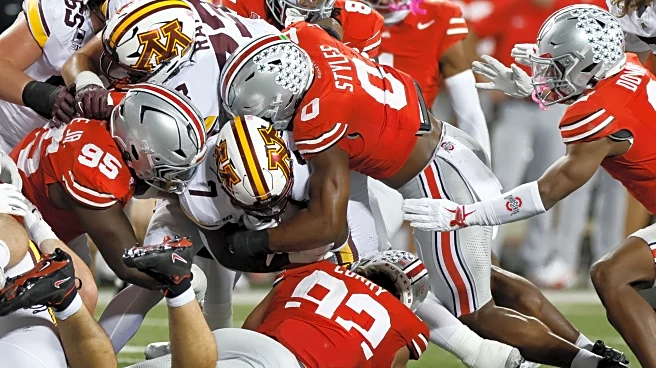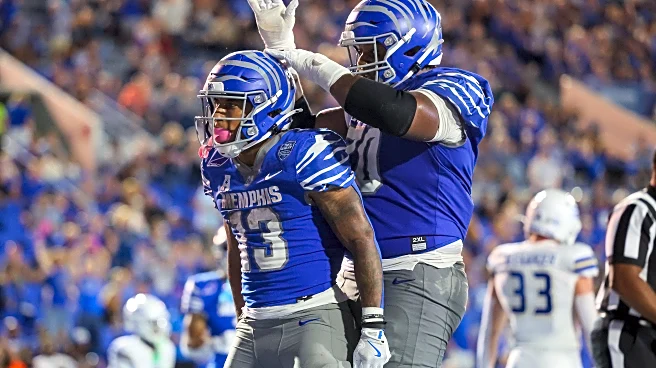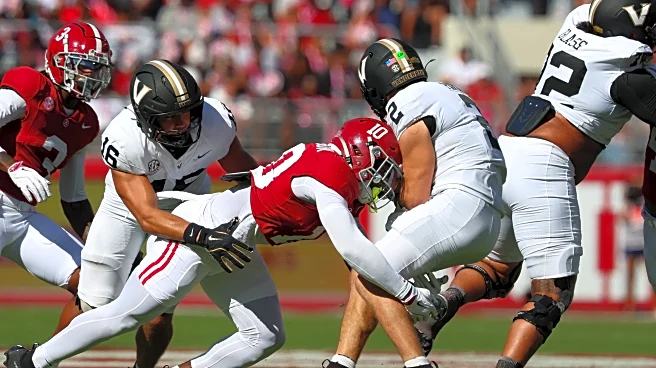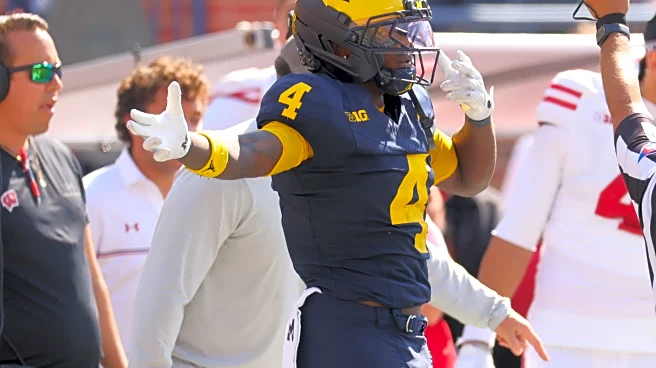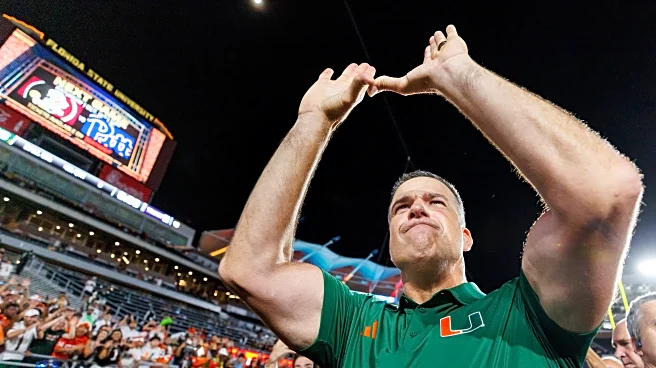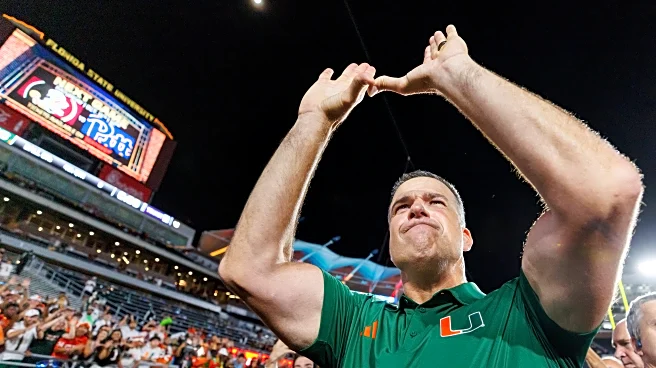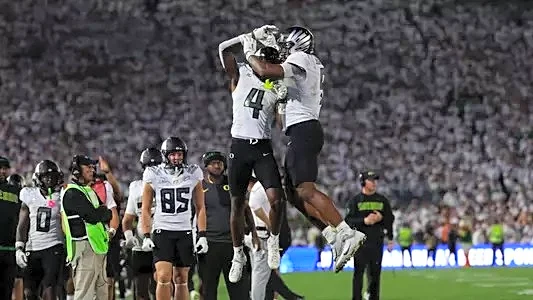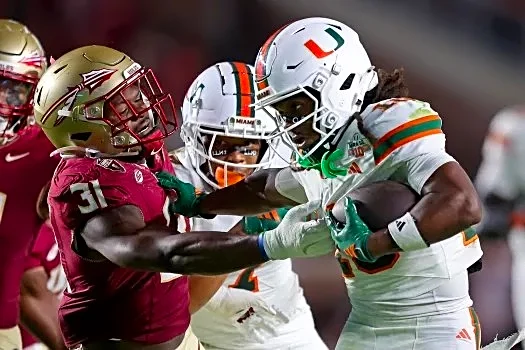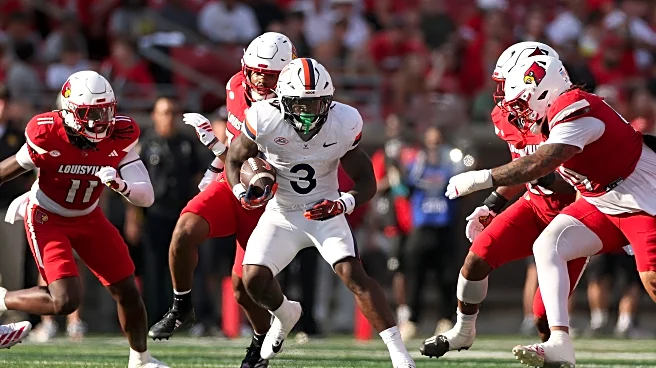A few weeks ago, the ACC announced that it would transition to a nine-game conference schedule, effective in the 2026 season. This follows a similar announcement made by the SEC earlier this year. The other two Power 4 conferences, the Big Ten and the Big 12, are already at nine conference games.
The ACC also took this move a step further by announcing that members of their conference would be required to play ten of their games against P4 opponents, meaning that, in addition to their nine conference games,
at least one non-conference game would need to be a P4 team. While this is mostly a formality and an accurate reflection of the team’s current scheduling model, it presents a problem for mid-major schools and college football as a whole, as it represents another step in the move toward insular scheduling.
College football is great for many reasons, but mainly, it’s great because 136+ teams play such a wide range of the same game, with every offense and defense on the spectrum represented. Additionally, coaches and programs continually refine their strategies and push the boundaries of what offensive and defensive schemes can achieve, thereby further developing the game.
College football is at its best when those different teams with different styles play one another. San Jose State’s pass-heavy attack versus Iowa’s old-school formations is a battle of up-tempo and smashmouth styles. The Air Force triple-option offense squaring off against Oregon’s is a battle of old-school versus new-school offenses. And the Utah State/Vanderbilt shootout was a lot of fun to watch.
College football is fun when NIU beats Notre Dame on a last-second field goal and San Diego State inexplicably shuts out Cal after dark. It’s fun when New Mexico stays competitive with Michigan for the entire game and Hawaii kicks off the season with a victory over Stanford, even if the Cardinals aren’t a powerhouse program these days.
However, the move to more insular P4 scheduling gives us fewer of those games. Bloated conferences mean there are only three opportunities to play teams outside of one’s conference. Mandating one of those games to be against a P4 team decreases that even further. Add in some traditional or in-state rivalary games, which should continue, and it deprives us of these types of fun games.
Clearly, this is a move to further the gap between the haves and the have-nots. For those who keep score, the haves have quite a bit these days, while the have-nots continuously fight to prove they can do something with less and less. This is the latest example of the deck being stacked against them.
The lack of opportunities is nothing new, but it’s another blow to mid-major teams. They already have to overcome the obstacles of less prestige, less media revenue, worse bowl tie-ins and payouts, and players and coaches getting poached on a yearly basis. Already facing limited opportunities to win statement games and measure up against their power conference counterparts, G5 teams are once again seeing their window of opportunity become a bit smaller.
In all likelihood, the payday games will still exist. College football blue bloods will have to play someone in September, or in Alabama’s case, the week before the Iron Bowl. Expect a plethora of FCS or G5 teams to get big paychecks for a game each year. The games that are most likely to disappear are the ones with smaller point spreads and more equal chances of victory for either team. These would be games against teams like Rutgers, Boston College, Stanford, Colorado, UCLA, and the like.
In reality, the gap between the college football blue bloods and the bottom of the P4 is greater than the gap between the P4 and the top of the Group of 5. The main difference between the two sides is not talent, but resources. In an experiment that will most likely never happen, if the bottom half of the P4 and the top half of mid-majors were to be given the same revenue for three to five years, the mid-majors would arguably win the majority of those games.
Schools like TCU, Utah, Houston, UCF, and SMU have made the jump in recent years and, after taking their lumps for a few years, have emerged as strong programs that are indistinguishable from their conference mates. It is probable that the same pattern would occur if others were given the opportunity. Programs like Boise State and Memphis are better programs than Maryland and West Virginia. But because the latter two teams were in the right conference decades ago, they have the financial advantage and the safety net of “power” status.
However, the safety is what is coveted, and the perceived threat to that safety and conferences that are too large have prompted the move to schedule more games in conference and against P4 teams.
If the point of insulation is to control the temperature and maintain comfort, the blue bloods are in complete control, and the rest of the P4 schools are feeling thankful to be in such a comfortable spot. Comfort can sometimes lead to stagnation, and the more insular the college football schedule becomes, the more stagnant the product of college football becomes.



